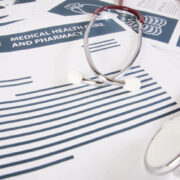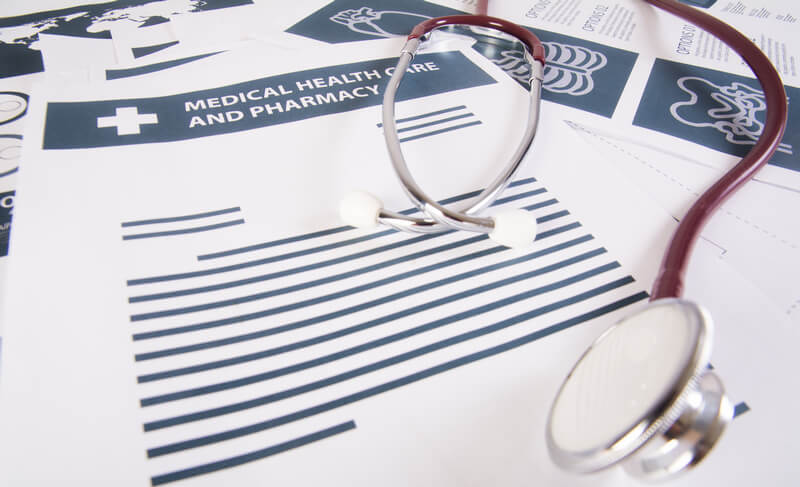How Doctors Can Transmit Patient Data Securely

The following guest post on protecting patient data was submitted by Heather Lomax.
Communication efforts in the last few years have greatly advanced between doctor and patient. Instead of having patients drive out for a visit or make drawn-out phone calls every time something needs to be discussed, some doctors’ offices have started to use online portals and email correspondence with patients. These options are extremely efficient, but they also place patients at a higher risk of medical identity theft. Therefore, special measurements need to be taken in safely transmitting patient data.

Doctors must take precautions when sharing patient data. Learn more about how doctors should protect your PHI in this guest post from Heather Lomax.
PHI Data and Email Encryption
First and foremost, patients need to make sure their devices are encrypted when they access medical data. Not operating on such a system places data at risk for theft with ease. Therefore, portals offering medical data need to be encrypted as well. Patients should be made aware that if their computers at home are not secure, then they place their data at risk there as well. Sending patients emails also requires another degree of encryption.
Different Types of Email
Several types of emails exist when it comes to safely transmit data information to patients. For web-based email applications, doctors’ offices and patients alike need to use accounts with HTTPS encryption. This method is the only means by which web-based email is secure. The email is sent to a patient should also be encrypted using either PGP encryption methods or Symantec Digital IDs. In both of these aspects, each email comes with its encryption.
Use Cloud Services for Fax and Email
HIPAA regulations make specific claims about how data should be transmitted between office and patient. One of the methods to use for this communication relies on cloud services for both faxes and emails. These cloud services have their own firewalls and encryption procedures, and they make certain that data only goes to a specific location. More often than not, a specific receiver has to acknowledge that they accept fax. A VPN access code can be used for this process.
Biometric Identification
As passwords become obsolete and even unsafe for healthcare data security, biometric identification is steadily rising in practice when it comes to accessing sensitive information. With passwords comes the potential of breaches in security, even with the most carefully crafted codes. However, with the use of fingerprint analysis, retina scans, and facial recognition software, it’s nearly impossible for identity fraud to take place since these characteristics cannot simply be imitated. And not only does it reduce the risk of billing fraud – it also prevents deadly medication errors, improves response rates to medical emergencies, and expedites health information exchange services (which will be discussed in the next section).
Use Three Different Forms of Health Info Exchange
When in doubt, doctors’ offices should use three, distinct methods of Health Information Exchange (HIE) with patients and other medical offices. The first type is directed change, where data can be sent and received securely through an electronic medium between providers and coordinated support care. The second option is a query-based exchange, which offers providers the opportunity to find and request information from patients and other providers when unplanned care takes place. Finally, doctors’ offices can use consumer mediated exchanges, a method that allows patients to have control over data and how it is used among different providers.
Conclusion
A great deal of options is available when it comes to transmitting electronic patient data. Rather than relying on flimsy means of protection, alternative options with tighter security like encrypted care, biometric identification, and HIE paths should be implemented instead. If your practice or hospital can introduce even one of these methods as part of their data transfer strategies, you’ll notice a great improvement in workplace efficiency as well as security for your patients.
Author bio:
Heather Lomax is a contributing writer and media relations specialist for Blaze Systems. She writes articles for a variety of medtech blogs, discussing solutions for optimizing healthcare data protection and clinical technology.






